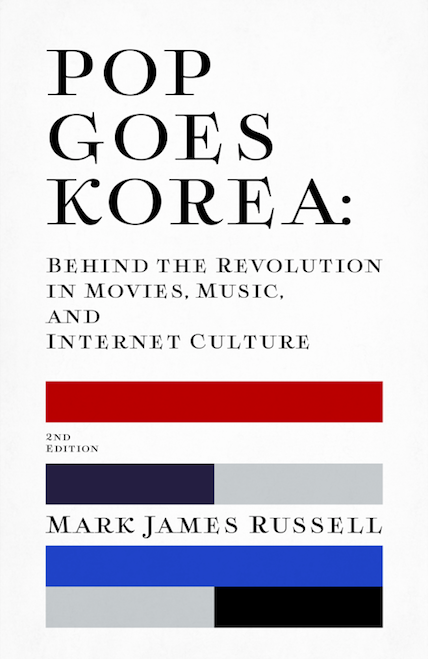Actually, I really misjudged the amount of space they had available, and originally I wrote way too much. Cutting was probably for the best, though. I can usually use some tightening up. In case anyone cares, here is what I wrote:
By Mark Russell
Of all the different aspects of the entertainment industry, none have had a deeper and yet more complex relationship with globalization than the movies.
The importance of the outside world in stimulating the creative boom of the 1990s is well known and well documented. Many of the great strides made in Korean movies, whether on the artistic side or the financing, came from innovators who were educated abroad for at least a few years – for example, Lee Mie-kyung and CJ Entertainment, director Kwak Kyung-taek (“Friend”), and Ryu Seong-hee, the art designer for such movies as “The Host” and “Hansel & Gretel.”
In fact, the global film market has had an important role in Korea pretty much since the film industry started here. In the 1920s and 30s, Korea was the most lucrative movie market in Asia for Hollywood, and all the major studios (Universal, Paramount, United Artists, MGM, RKO) had offices here. After the Korean War, too, international films flourished for a time.
Even the movie market opening to foreign direct distributors in the mid-1980s, generally considered an event that nearly killed the local movie business, in many ways was good for Korean movies. For example, as the Hollywood studios fought for access to the Korean market, they also fought against the heavy censorship regulations that once stifled domestic creativity.
These days, it feels like those lessons have been forgotten. Foreign movies are seen by some as a threat to the local industry, despite the huge growth in Korea’s movie exports over the past decade and despite Korean movies far outpacing their foreign competitors at the box office. The screen quota remains another major hot-button issue. And I even hear about Korean actors losing roles in major international movies because their managers are not comfortable with English or working outside of Korea.
The trouble is, globalization is always a two-way street, and anytime you cut yourself off from the world, you are cutting yourself off from new ideas, innovation, and creativity.
The Seo Taiji boom in music has long since turned stagnant, a neverending recycling of the same teen pop ideas.
Korean television dramas, once seen as a fresh, lively alternative around Asia, have quickly lost their freshness, and with that they are losing their audiences.
And the movie business – arguably the most innovative and impressive of Korea’s entertainment industries – is threatening to fade, declining into mainstream mush and a handful of innovative directors.
Strangely, despite Korea’s amazing shift into becoming an online information society, it has defied one of the most basic assumptions of what the information age means – Korea has not grown more diverse, in many ways it has grown less so.
Many analysts and writers have long said that as a society moves into the information age, choice will naturally grow as people can find easily anything they like and producers lose their control.
But the movie industry in 2007 produced far fewer interesting, challenging and bizarre movies than it did in 1997. Korea’s films are usually very good looking and slick, and each year usually brings a few big-budget ambitious epics. Creatively, however, not a lot is happening these days.
“The Korean Wave” was an impressive achievement. It brought international level production, distribution and related skills that revolutionized the entertainment industries and made Korea into an example for much of Asia.
Clearly another wave is now needed, one that focuses on creativity, if Korea is to continue to be a major cultural force in the future. A handful of star directors is not enough. Korea needs to systematically put creativity into the movie development process. Movie companies, particularly the largest ones that dominate so much of the business, need to carve out niches where experimental and promising talents can be nurtured and encouraged to develop.
It is a lesson that many of Korea’s automobile and electronics companies have already learned, and that more of the Korean economy will need to learn in the future. It is not enough to copy on the cheap, true value comes from innovation. And if you want to compete on the world stage, your products must be innovative at world class levels.










